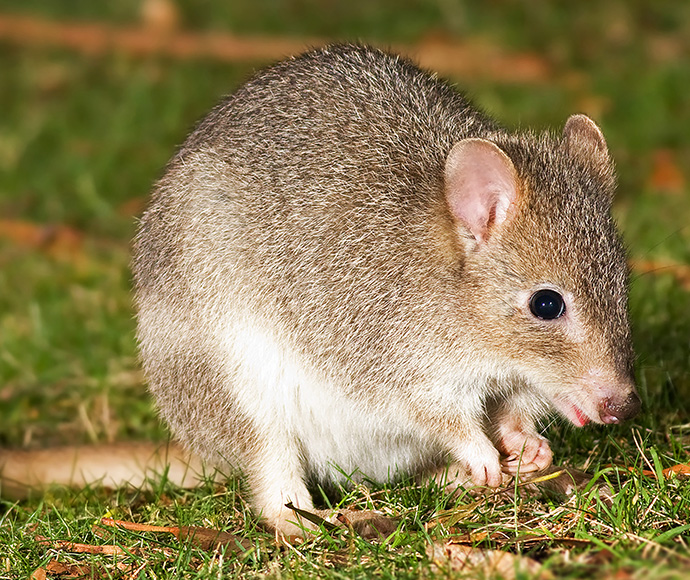For the first time in more than 100 years, eastern bettongs will be back in New South Wales when they are reintroduced to Sydney's first 555 hectare feral predator-free national park.

Minister for Environment James Griffin said the eastern bettongs are due to be released into Yiraaldiya National Park in Western Sydney in the coming weeks as part of the NSW Government's world-leading rewilding program.
"The last eastern bettong disappeared from mainland Australia in the 1920s, surviving only in Tasmania, and this upcoming release will mean we've returned 11 species that were once extinct in New south Wales back into our national parks – a globally significant outcome," Mr Griffin said.
"The reintroduction of these first 6 marsupials is part of our ambitious program to rewild ecosystems across New South Wales and give the community a sense of what our natural environment can be like when restored to its former glory.
"Releasing these bettongs is an exciting new chapter for Sydney's wildlife, paving the way for the reintroduction of koalas, antechinus, bandicoots and locally extinct reptiles.
"Yiraaldiya is one of 7 world-leading feral predator-free rewilding sites being delivered by the NSW Government, covering more than 65,000 hectares of NSW national park estate."
Eastern bettongs are small marsupials from the kangaroo family. They're known as 'ecosystem engineers', playing a critical role in the ecosystem to dig and aerate soil in their search for food, create niches for moisture, spores and seed, helping return bushland to what it used to be.
After the initial founding population of up to 40 bettongs is reintroduced to Yiraaldiya, the combined population across all 3 NSW Government coastal feral-predator-free sites is expected to grow to more than 1,000 within the next decade.
The pioneering group of bettongs will be translocated from the ACT's Mulligans Flat Woodland Sanctuary, where they were reintroduced more than 10 years ago.
ACT Minister for the Environment Rebecca Vassarotti said cross-jurisdictional partnerships are critical for conserving Australia's threatened species.
"Mulligans Sanctuary has been a great success and it's fantastic to see our animals now being translocated to support the population expansion elsewhere," Ms Vassarotti said.
Translocating the eastern bettongs for conservation is being supported by partnerships with the Woodlands and Wetlands Conservation Trust and the ACT Parks and Conservation Service, which co-manage Mulligans Flat Woodland Sanctuary, and the Australian National University (ANU).
National Parks and Wildlife Service has also partnered with WWF-Australia and the University of Sydney to assist with translocation planning.
Yiraaldiya National Park, formerly called Shanes Park, was renamed in consultation with the local Aboriginal community.
Cats and foxes are a huge threat to native species and a key driver of extinctions, with foxes and feral cats killing more than 1.8 billion Australian native animals each year.






